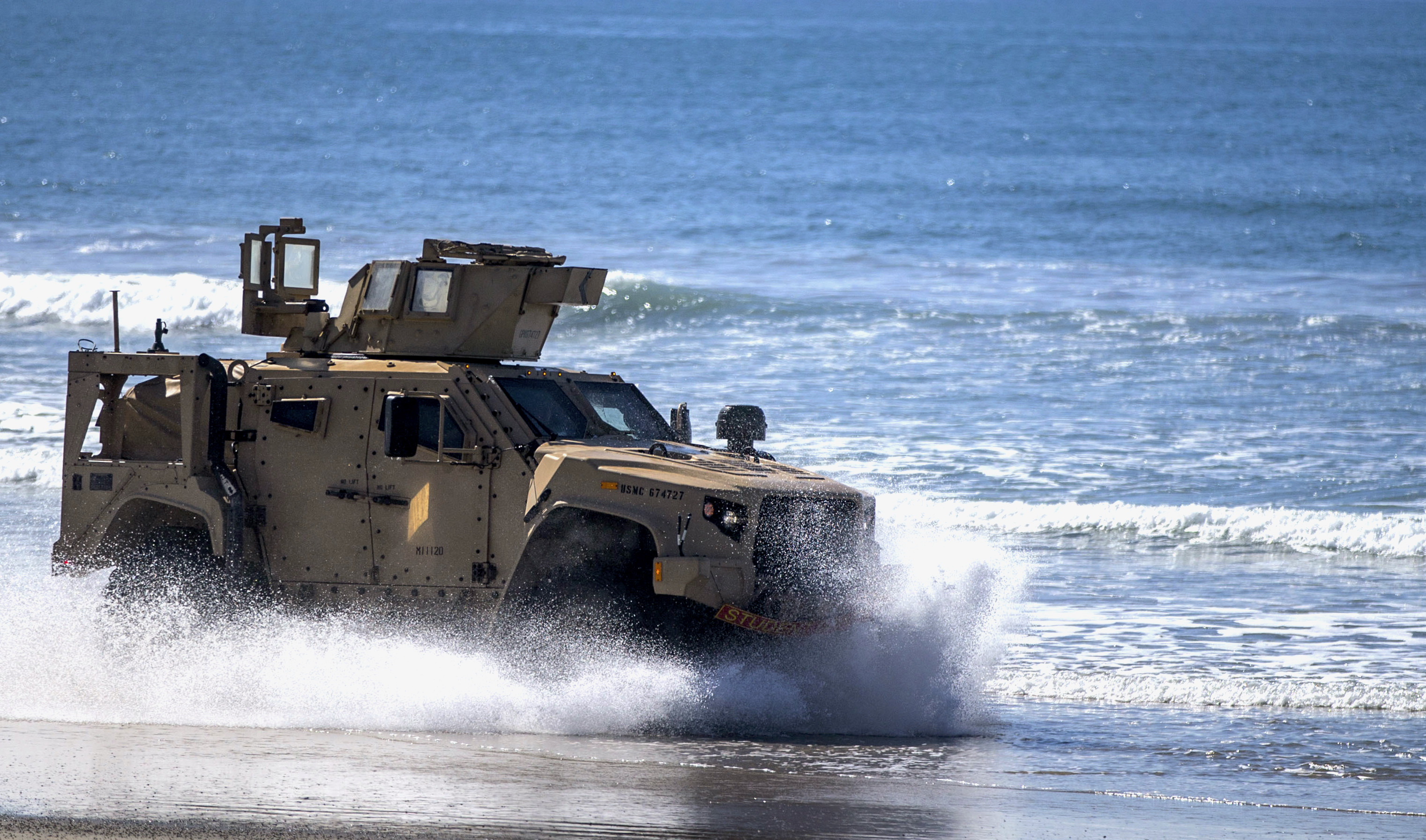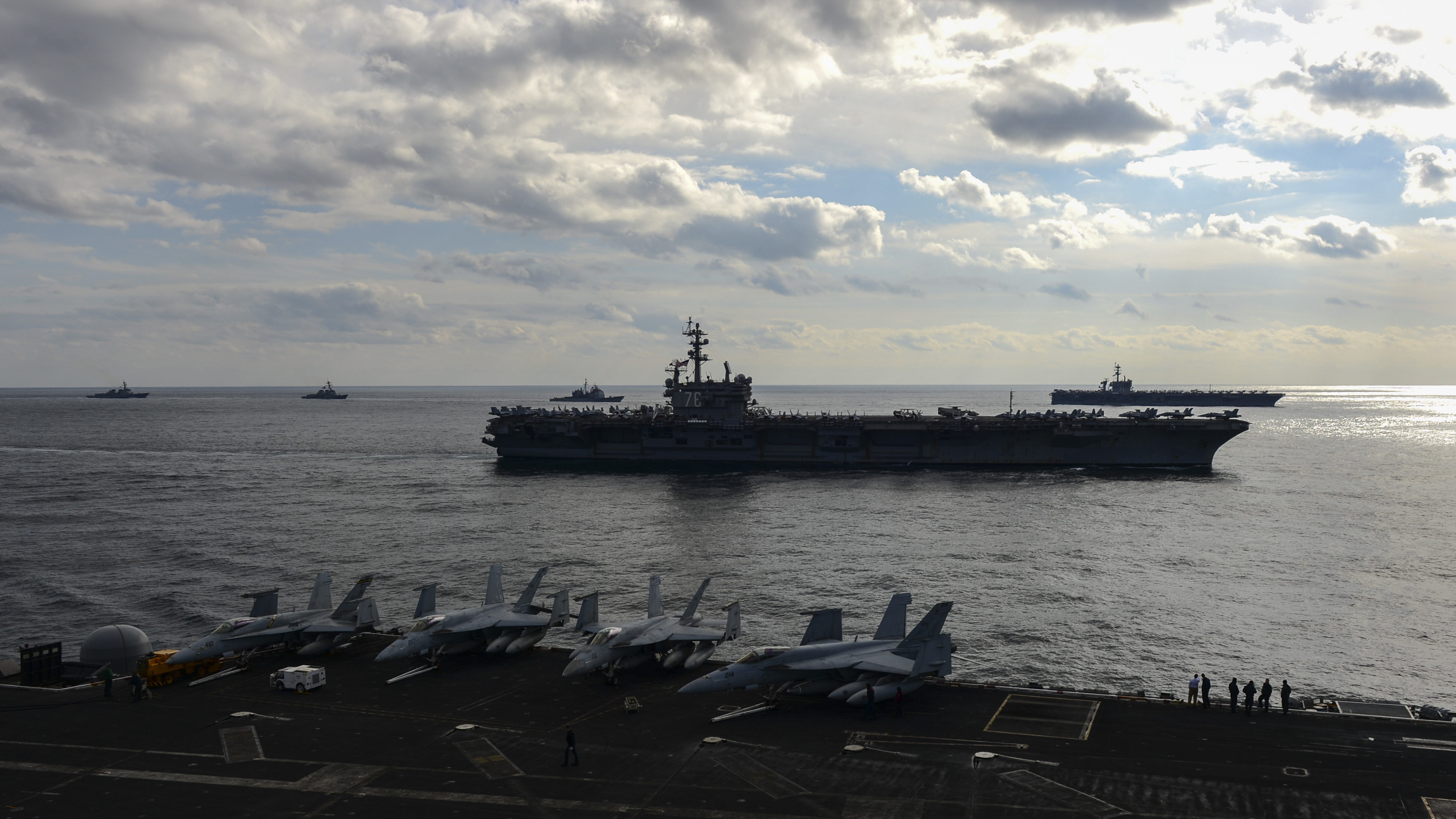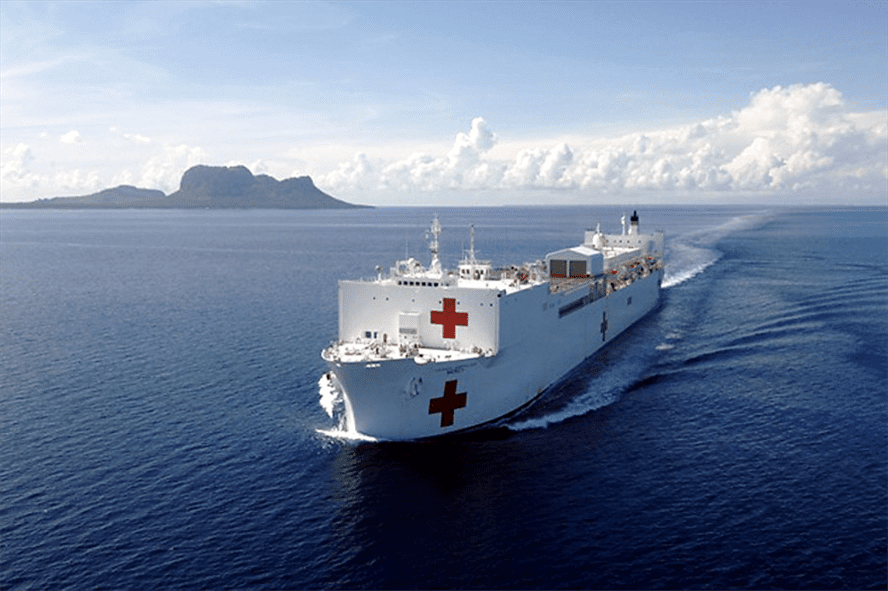The issues the USN faces with respect to future carriers are cost, survivability, availability, and capability. Using the QE class as a likely size contender plus or minus 10,000 tons, the first question is STOVL or CATOBAR. I would assume the new features developed for the FORD would favour a CATOBAR carrier which in turn probably favours a nuclear propulsion system. This solution also addresses some of the capability requirements like the better range of the F-35C, MQ-25 tanker and Hawkeye capable, and assume surplus energy for railguns and lasers. A CVN negates the extra fuel tanker support that such a large vessel requires. Survivability is an unknown and whether a Ford's extra 25,000 tons offers significant advantage for this is questionable, especially if it is hit in the reactor area. However, its power output together with the ability to accommodate more defensive anti-missile stations could make a difference. The big down stroke is there really going to be significant savings building another smaller CVN. Modifying EMALS and coming up with a new reactor configuration, not going to be cheap and when all is said in done, IMO, you end up with a smaller less capable FORD at a price that isn't going to be pretty. This in turn hurts the other factor, availability. Maybe you get 2 or 3 extra ships with expensive additional crewing and support vessels needed.
A conventionally powered future carrier would knock the cost down but what about the power demands. A QE with its IEP system is about 110 MW utilizing two MT-30s and diesels. For maximizing sortie rates, the EMALS and EM elevators are desirable how many more MT-30s are needed? How fast does the future carrier have to go (CVNs are probably 30+ knots)? What about additional power for lasers and railguns? A CV requires a complete new design for all this stuff, again, not cheap but likely less than new mini-Ford CVN.
A USN version of a STOVL QE or similar seems unlikely due to range issues of the F-35B and no tankers or Hawkeyes thus leaving the America class ships as a possible option. This design addresses cost, more could be built thus addressing availability but capability and survivability are lacking compared to a 60-70k ship.
Glad I don't have to decide on how to spend billions on future CVs or mini-CVNs when there are so many technologic advances underway that could either enhance a certain design or render it useless.






